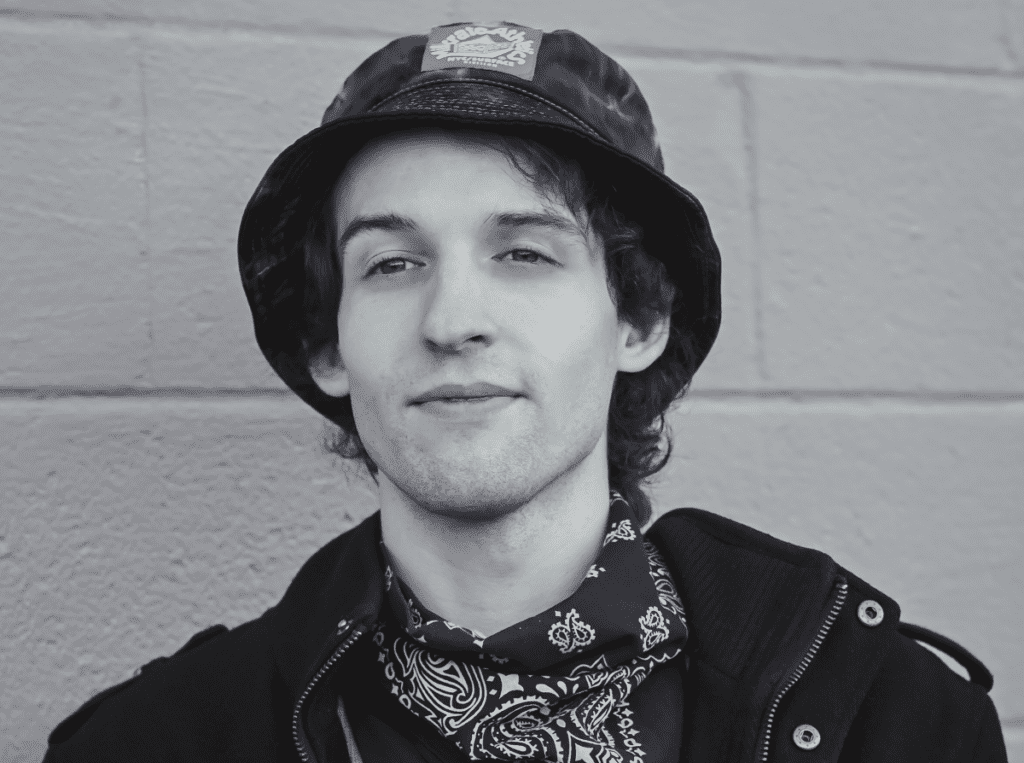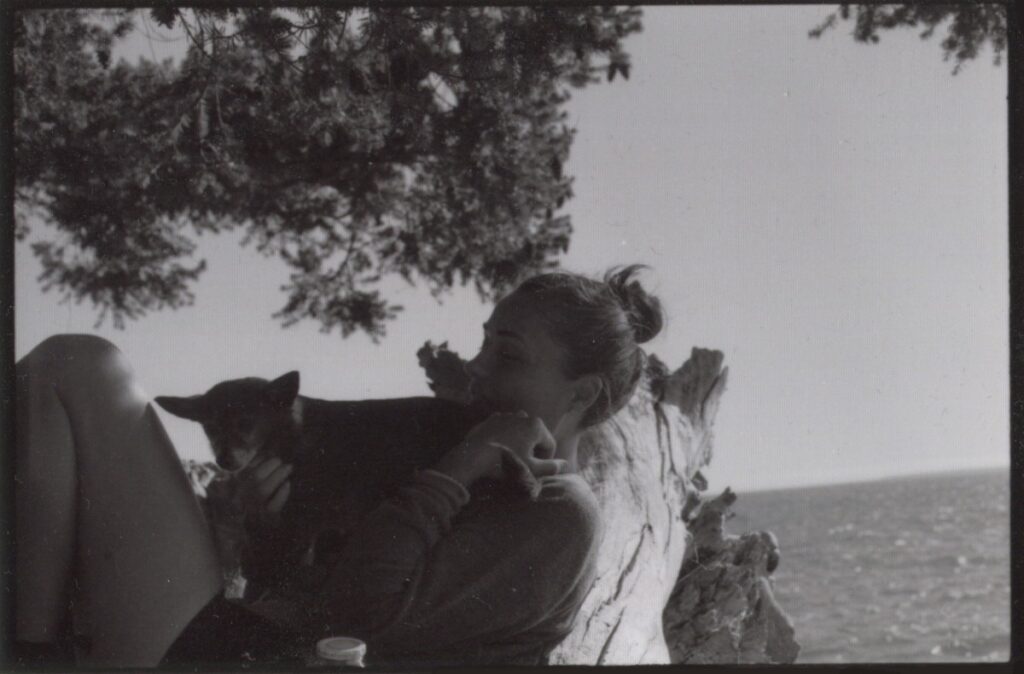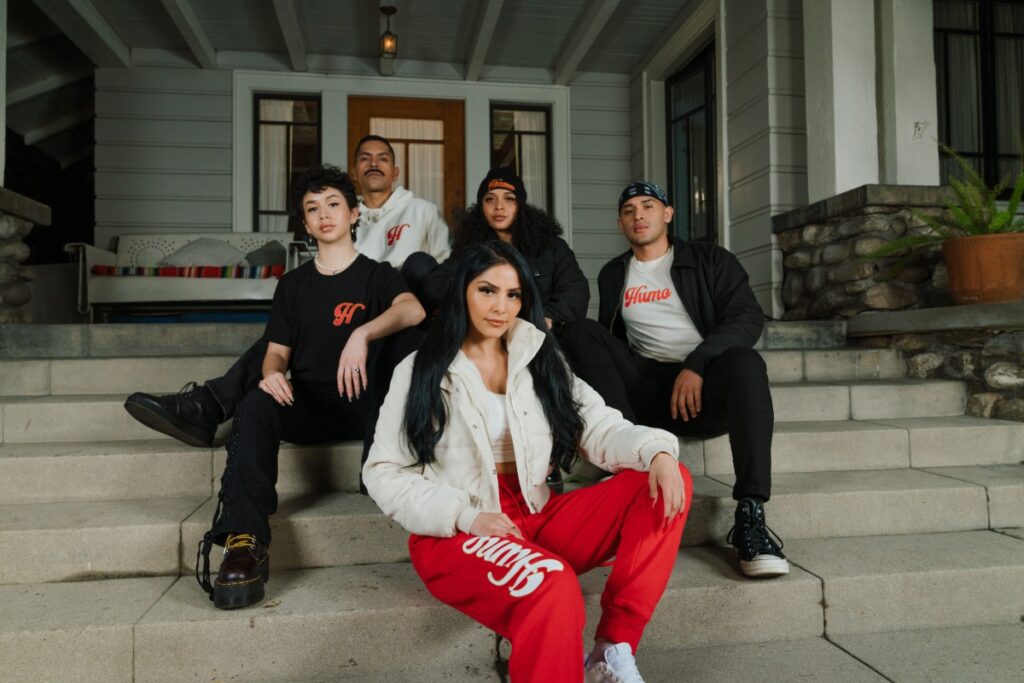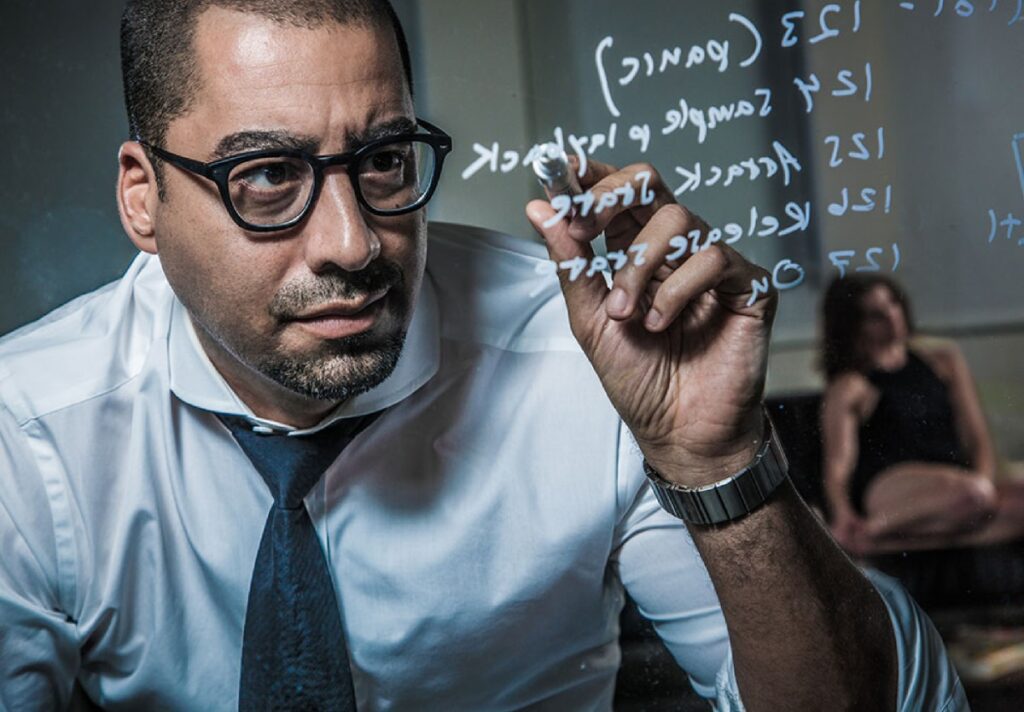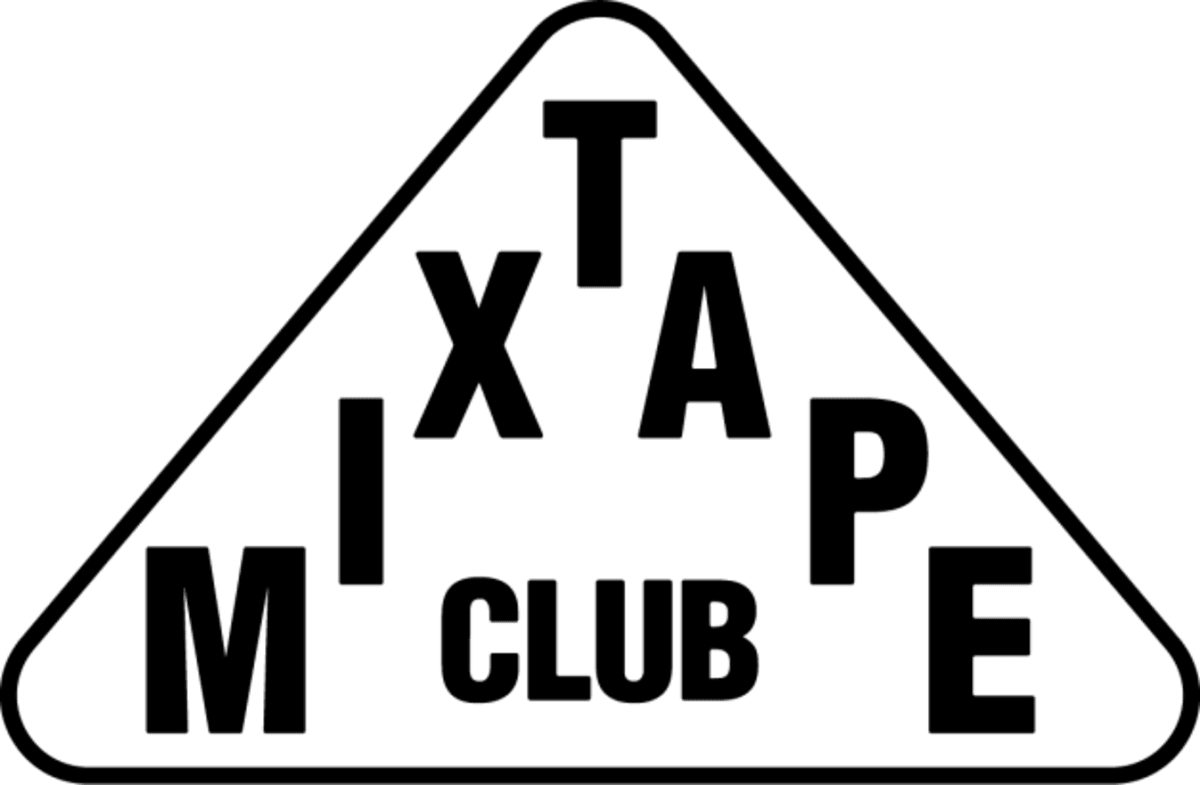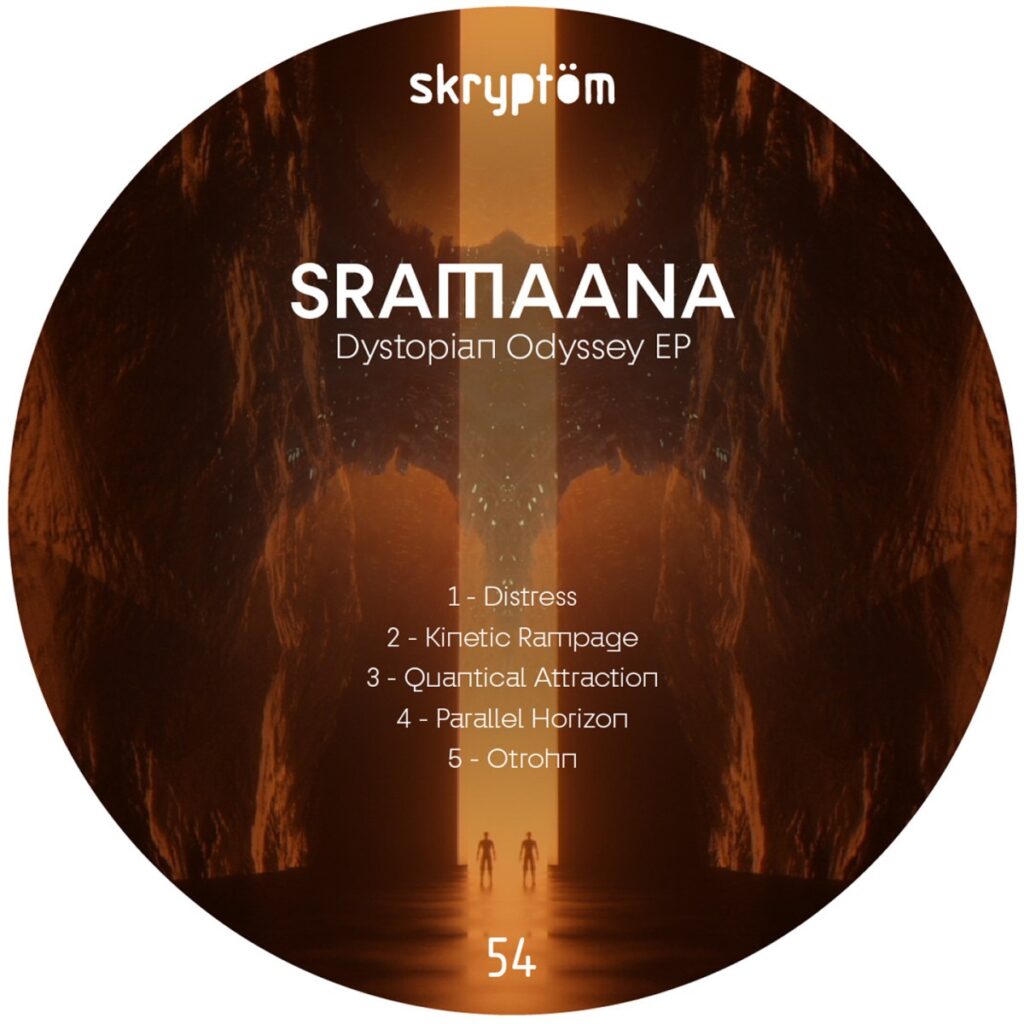Alex Young aka Villager has gone through quite a few phases with his music career. From the late 2000s and into the 2010's decade, his music evolved from house to electro and future bass. After several years of touring, he took a step back from this ridiculous industry in the middle of the decade. He came back in 2019 with a new sound and name, Villager, releasing the Aura EP with a chunky mix of electro, house and breaks. The first of two EPs on Boys Noize Records, the producer shifted into new directions. That change continues today with his official debut album Frontier.
Frontier is a shift into the chiller side of his music without the running 808’s like those heard on his excellent remix of BenZel “Falling In Love.” Young blends different worlds of electronica, ambient and house into songs like the playful “Less You Talk” or even adding gentle breaks on “Peace Creek.” The elements get sparse and more random as you get to songs like the lengthy “Arriving.”
To get a better idea of how this all came together and how his production has evolved so dramatically, we asked Young to show us the gear he used to make this project. For a new How It Was Made feature, he breaks down the processes, ideas and more that led to this album.
1. Elektron Digitakt
First off, we have the Elektron Digitakt. This is probably my favorite piece of kit ever. It says “8 voice drum computer” on the front but it’s really just an insanely versatile sampler with 8 tracks and the classic Elektron sequencer, which includes what are called parameter locks and trig conditions, two features that turn a basic step sequencer into something infinitely deep.
This was one of the first pieces of gear I bought when I started venturing into the land of hardware, and I am still deeply in love with it. These Elektron boxes all have this “gift that keeps on giving” quality about them when you are willing to put in the time. Most songs on Frontier have an element or two from this guy, be it the drums or some chopped sample element.

Elektron Digitakt
Alex Young Villager
2. Stereo Pultec EQ Unit
The next piece of hardware I used specifically for the mixing and mastering stage of Frontier is a pair of stereo Pultec tube EQs. These guys are clones of the original but they impart this amazing and beautiful tube coloration into the sound, as well as some sort of taming of the mid frequencies when used on the mix bus. I’ve always been relatively skeptical of the magic of analog gear, coming from a staunchly digital background, but these EQs really showed me that there is something special there that I haven’t really been able to achieve in the box. Not really sure what’s going on exactly with how they are altering the sound without any boosts or cuts, but it sounds magical to my ears.

Stereo Pultec EQ Unit
Alex Young Villager
3. Elektron Octatrack
Another Elektron box, this guy is basically the Digitakt’s older and more confounding big brother. It’s significantly deeper in how you can use it than the Digitakt, with the learning curve to accompany it. You can do a lot with this box, from processing external sources, to sampling, to using it as a big Digitakt, this thing is deep, and probably the best example of “the gift that keeps on giving” with these Elektron boxes.
I’ll admit this sampler kind of sat around for a bit when I was intimidated to take the deeper dive into it, but when I finally did, I realized how special and unique the Octatrack is. I used the scene feature a lot of this record, basically each “scene” can hold a set of parameters that act as automation, be it effects settings, mutes, etc. This is all controlled by the crossfader and it can get real wild, real quick. It’s always fun though… you never quite know what to expect.

How It Was Made: Villager – Frontier

Flume, Anz, FKJ, Nia Archives, LSDXOXO & Others Remix PinkPantheress Mixtape 'to hell with it'

EP Review: Jacques Greene – Fantasy

Elektron Octatrack
Alex Young Villager
4. Hologram Microcosm
The fourth addition to this list is the Hologram Microcosm, probably my favorite “guitar pedal” of all time. What it really is, is much deeper though. This box has like six or seven fx modules built in, all with a few different iterations, and it turns practically anything you run through it into a magical textural dragon. If you were gonna get one effects processor as a producer, this might be it. I have their other one, the “Infinite Jets,” and this is like the perfected version of that pedal. The midi functionality is sweet as well. I was running a lot of the synths and drum machines through this on the album.

Hologram Microcosm
Alex Young Villager
5. Sequential Prophet Rev2
Number five is the Sequential Prophet Rev2, probably my favorite synth I own, and maybe ever will own. It’s used for most of the synth elements of this LP. Honestly, I think it’s the best synth in the Sequential line-up as well. The Prophet 5, 6 and 10 get the most hype, but the functionality and mod matrix on this beast make it so much deeper than all the above. People always complain about DCOs versus VCOs but I honestly think those folks are crazy. As someone who has been producing and playing with synths for 10 years now, the difference in sonic quality or timbre between the two is fractional at best, a sort of masturbatory difference to mark.
Anyways, this synth is so amazing, from the split voices to the gated sequencer, to the deep array of modulation matrices you can set, you can produce an insanely wide array of sounds from this. Pair it with a good reverb or compressor, and it’s maybe the only synth you will ever need.

Sequential Prophet Rev2
Alex Young Villager
6. Arturia Microfreak
While the Prophet Rev2 might be the only synth you ever need, the truth is you can never really have enough synths. What a world we live in, huh? Late stage capitalism at its finest. Anyways, enough hobnobbing around, the sixth addition on this list is the Arturia Microfreak. It’s most prominently featured on “Lotus” with DJ Krewes, but I use it sparingly all over the LP as well.
This synth has crazy character, like a little demon in a box. It’s an FM synth so it has a pretty different palette of sounds than the Prophet, but you can get some amazing sounds out of this little tyke. The sequencer on it is my favorite type of sequencer for a synth to have as well, one where you can let it play and hit record and then the sequence will record what you play into it, creating this ever evolving thing. Big props to Arturia on this one, as it is super cheap, and super unique, filling a niche I didn’t know I needed or one that even existed.

Arturia Microfreak
Alex Young Villager
7. Elektron Analog Heat
The last piece of kit on this list is the Elektron Analog Heat. This is pretty much just a saturation/distortion/character box for processing sounds. Practically all the drums on the album are run through this, and some synths. I’m a big fan of pieces of gear that just make everything you run through them sound better, and this is no exception. I use it for actual distortion occasionally, but more often than not, I use it to add more subtle analog saturation and EQ boosts to whatever I’m recording. Those other Elektron sequencers can sound a bit dry without processing, and this is a good solution for that. It adds a ton of life and clarity to whatever I run through it. I also use it for mastering occasionally, as it gives an analog feel to the mix bus as well.

Elektron Analog Heat
Alex Young Villager


